Etasis 750W
Manufacturer: EtasisPrice (as reviewed): £111.03 (inc VAT)
Etasis has recently moved from the server market to try and conquer the performance enthusiast market. Like Tagan and Seasonic, its units are also distributed by NanoPoint in the UK (which in itself is a division of MaxPoint in Germany).
The unit comes in quite a small box that has clear labelling and a handle for easy transport. Included on the outside is a product picture and some noise and efficiency information on the back. Inside the box there is no protective foam like the Cooler Master, however the cardboard box has been reinforced with another double thickness cardboard box to provide additional protection and strength. The PSU unit is a respectable 3kg in weight and matches the Cooler Master at 18x15x8.5cm size.
Accessories
- Power Cable;
- Four case screws;
- Detailed multi-language manual;
Supplied Connectors
- Four blue braided, 50cm 6-pin PCI-Express cables;
- One black braided, 50cm 8-pin 12V cable;
- One black braided, 50cm 4-pin 12V cable;
- One black braided, 45cm 24-pin ATX cable;
- Three sets of 45cm twisted cables (to first connector), two with three Molex and one with two Molex and one floppy connector.
- Four sets of 53cm cables (to first connector) with two SATA hard drive power connectors.
The distinction in cable braiding means you can easily identify the blue PCI-Express cables from the rest of the black cables, but it would have been better to have the distinction between ATX and the 8-pin and 4-pin 12V cables as well. The SATA power and Molex cables are unfortunately not braided, but the cables are twisted well to keep them together and minimise their visual footprint. We'd have liked to see them all braided as it simply just looks better in a case, and even though you can do it yourself it still requires a certain level of skill to achieve the effect well.
The Molex and ATX cables are also marginally shorter so there's less cable mess if you're using a standard ATX case with the PSU at the top. If your PSU is in the bottom of your case, we recommend that you check how long you need your cables before purchase.
The ATX cable also has a solid 24-pin connector without an adapter for 20-pin, so your motherboard will have to be recent because a 24-pin connector will not fit in a 20-pin socket.
It features four 12V rails and a 750W total wattage so is fully capable of supporting the latest graphics and CPUs. The PSU itself doesn't look particularly special in its plain grey, steel box with embossed logo in one side and information sticker on the other. It has an LED indicator light and large, easy to use power switch on the honeycomb meshed rear.
Internally Etasis "cheats" a little and has two PCBs stacked opposite each other on the top and bottom of the unit. This means the unit allows for little space between components and therefore hard to evacuate accumulating heat. This problem is made worse by the fact that only a single 80mm fan is used to cool the unit.
During testing we found that on just 50 percent load the components at the opposite end to the fan reached 58°C, while at 100 percent load this increased to an unhealthy 76°C. After an hour's load, this increased to a dangerous 87°C in places. Remember this is outside of a case, so expect the temperatures to be even higher with several hundred watts of kit also increasing the internal case temperatures from below.
The unit could fix this by being 15mm longer and including another fan at the opposite end. While at low temperatures the single fan is quiet, it gets very noisy as it struggles and eventually fails to keep the PSU cool enough under load, affecting the efficiency and ultimately safety of your PC. Thankfully it was designed well enough not to go pop, but when PSUs do go pop they do so very loudly.

MSI MPG Velox 100R Chassis Review
October 14 2021 | 15:04


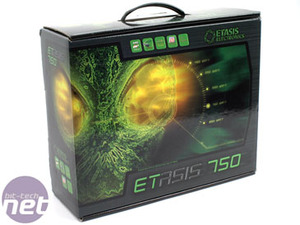
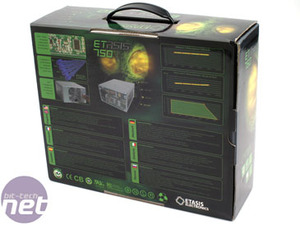
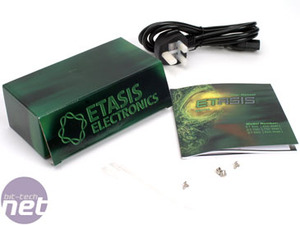
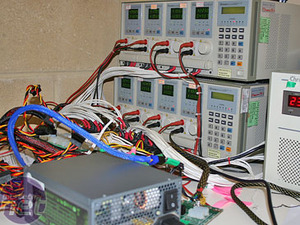
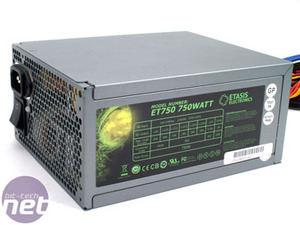
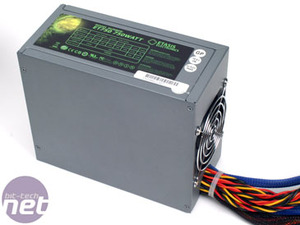
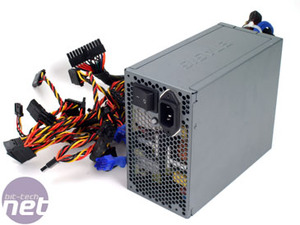








Want to comment? Please log in.